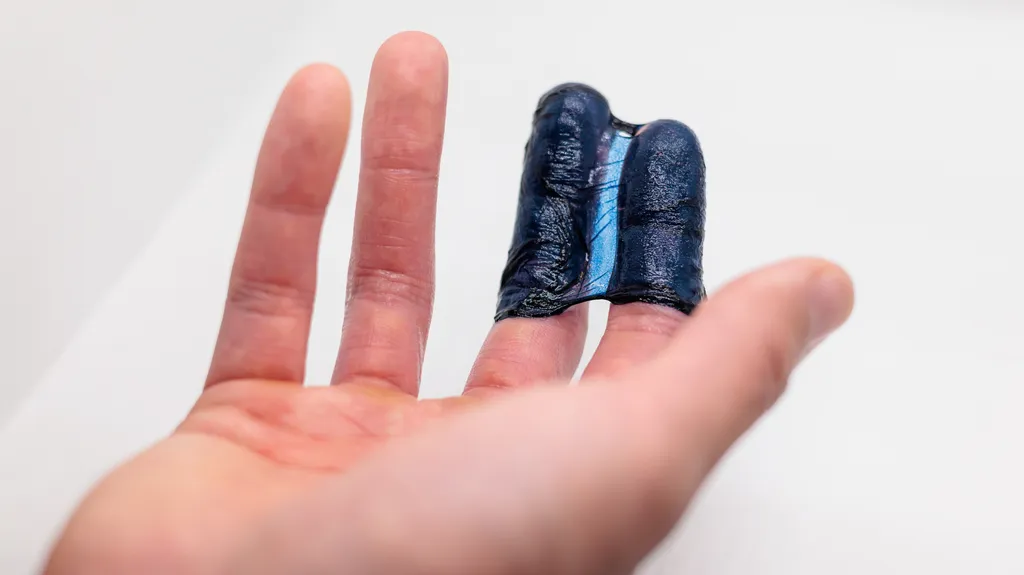In the bustling intersection of biology and electronics, a groundbreaking study led by Thanh Nhi Tra from the School of Materials Science and Engineering at UNSW Sydney is paving the way for more durable and efficient bioelectronic devices. Published in the journal *Macromolecular Materials and Engineering* (which translates to “Macromolecular Materials and Engineering” in English), this research delves into the fascinating world of bioelectronic hydrogels, highlighting their potential to revolutionize the energy sector and beyond.
Bioelectronic hydrogels are a unique class of materials that combine the flexibility and biocompatibility of biopolymers with the conductivity of conjugated polymers. These hydrogels are particularly promising for 3D cell culture and bioelectronic interfaces, where they can integrate electronic and mechanical signals as biological cues. “The synergy between biopolymers and conjugated polymers offers significant advantages,” explains Tra. “The inherent flexibility and renewable properties of biopolymers, combined with the conductivity of the hydrogel network, create a platform that closely mimics the healing characteristics of living tissues.”
However, one of the major challenges with hydrogels has been their vulnerability to mechanical failure, which can limit their durability in bioelectronic applications. To address this issue, Tra and her team have focused on developing self-healing conductive hydrogels with reversible dynamic networks. These materials are capable of repairing themselves after damage, promoting the reliable and long-lasting use of bioelectronic devices.
The research first examines the individual characteristics of conductive hydrogels, particularly the electrical conductivity from the conjugated polymer and the mechanical cues from the biopolymer, and their influence on cellular activities. “Understanding these characteristics is crucial for designing hydrogels that can effectively modulate specific cell functions,” says Tra.
The study also discusses recent advancements in biopolymer-based conductive hydrogels, with a focus on their fabrication methods and ability to modulate specific cell functions. The advancements in self-healing hydrogel bioelectronics are summarized, highlighting the variety of self-healing mechanisms and their implications for enhanced bioelectronic longevity.
The potential commercial impacts of this research are substantial. In the energy sector, for instance, these self-healing hydrogels could be used to create more durable and efficient bioelectronic devices for energy storage and conversion. They could also find applications in medical devices, environmental sensors, and even wearable electronics.
As we look to the future, the research led by Thanh Nhi Tra offers a glimpse into a world where biology and electronics seamlessly intersect. The development of self-healing conductive hydrogels could shape the future of bioelectronics, paving the way for more reliable, efficient, and sustainable technologies. As Tra puts it, “The potential is immense, and we are just scratching the surface of what these materials can do.”

